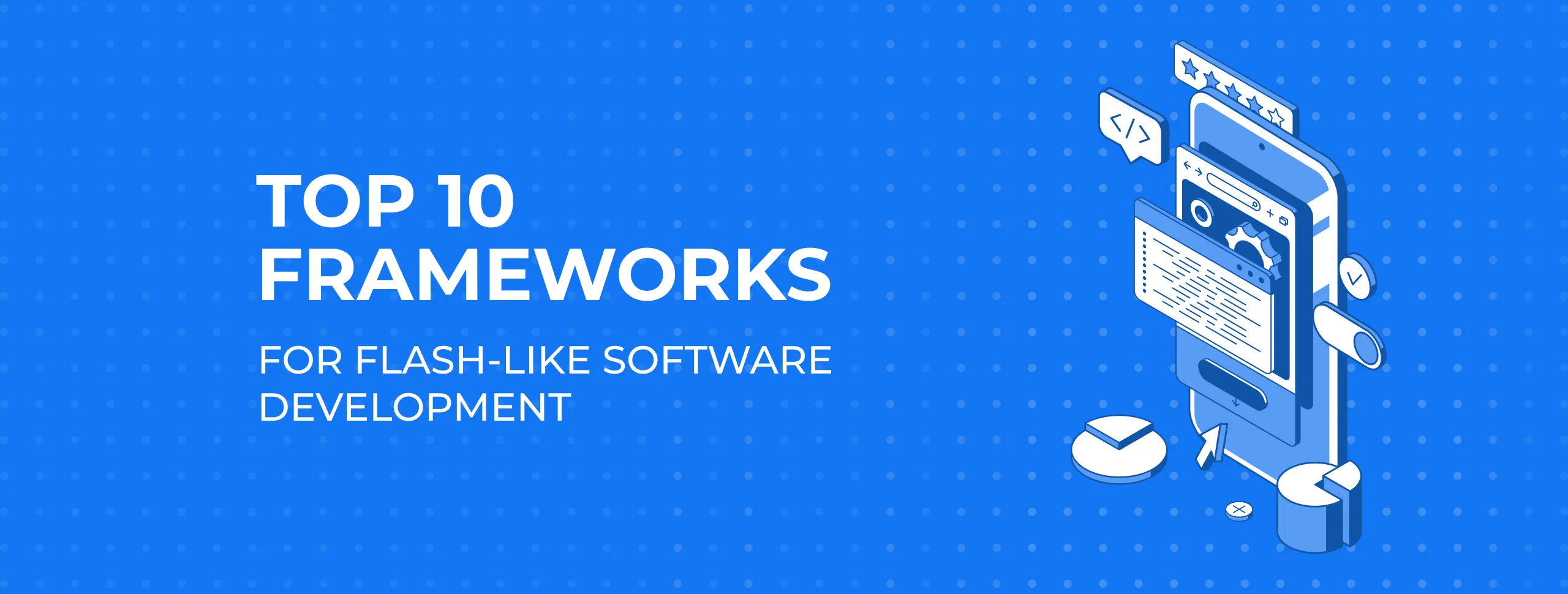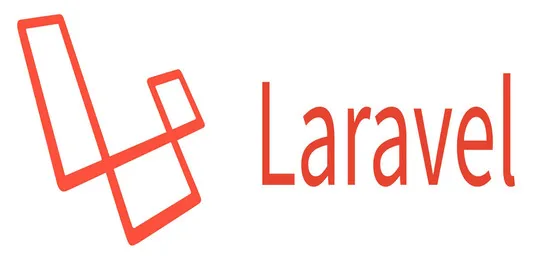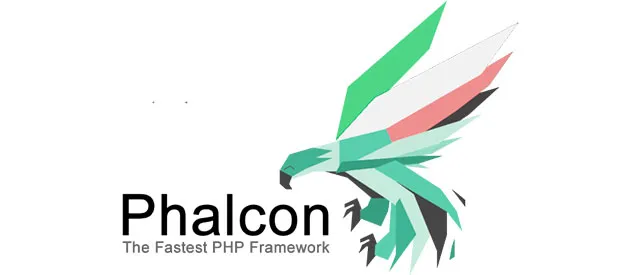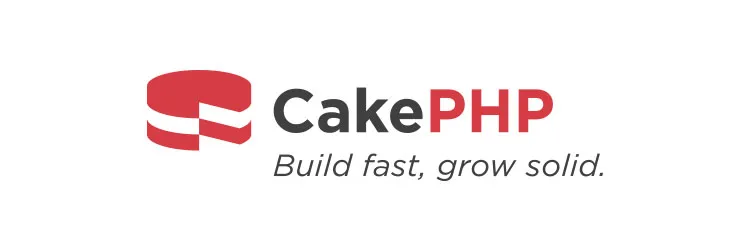
Top 10 Frameworks for Flash-Like Software Development

In IT a framework is a separate block of the software system, it can work as set of functions, integrated in a system and can interrelate different components. It can include auxiliary programs, code libraries, scripting language and other software that facilitates the development and integration of various components of a large project.
It allows developers to avoid needless coding, accelerate program building with stable working set of standard features, like data storage, mailing or printing, and economise your time and money, especially when you need to make your app available on different platforms.
Here is the list of the frameworks our developers like the most, and use to bring benefits to our clients.
1. Core Data

Core Data is the built-in iOS and MacOS framework by Apple, which allows developers to interact with the database. It is a powerful and flexible framework for storing and managing the graph of the data model, which deserves its place in the arsenal of any iOS developer. The heart of the Core Data is its tech stack. The key objects of the stack are: managed object model, persistent store coordinator and one or more managed object contexts. Of course, you can manage and store data without Core Data, but with this framework, it is much more convenient.
2. Laravel

Laravel is a free PHP general-purpose open source framework, which was born relatively recently - in 2011, but thanks to the rapid development and huge army of fans, today it is one of the most popular PHP engines, which can save you from spaghetti code. It is a universal tool for creating landing pages, blogs, chatbots, server part of mobile apps, parsers, full-fledged online stores.
3. Phalcon

Phalcon is an MVC-oriented PHP framework. It provides developers with tools for data storage, such as its own dialect of SQL - PHQL, as well as Object Document Mapping for MongoDB. Other features of this framework include templateers, form-builders, simplicity of app development, etc. Phalcon is an ideal option for creating various REST APIs, and for developing full-fledged web applications.
4. CakePHP

CakePHP is a framework that simplifies and accelerates app development, and it requires much less code. This is a modern framework for PHP 7, which provides a more flexible access level to databases, as well as a powerful code generation system. Thanks to these features, it is easier to develop small and complex systems, faster and, of course, with higher quality. If you want to develop quickly, CakePHP is exactly what you were looking for.
5.Symfony

Symfony is the most popular framework for developing websites and web apps. Its stack is a set of unrelated, reusable components that have been used to create applications such as Drupal, phpBB, and eZ Publish.
6. Zend

Zend is a framework that is a set of professional PHP extensions with more than 160 million installations. This framework is used to develop web apps and services using PHP 5.6+ and guarantees 100% object-oriented code, using a wide range of properties of the programming language.
The Zend framework uses Composer to implement package dependencies; PHPUnit for testing; Travis CI as a service for continuous integration testing.
7. React Native

React Native is a JS-framework for creating natively displayed iOS and Android apps. It is based on the JS React library, developed by Facebook, and intended to create user interfaces. But instead of browsers, it is targeted at mobile platforms. In other words, if you are a web developer, you can use React Native to write clean, fast mobile apps, without leaving the comfort zone of the usual framework and a single JavaScript code base.
8. AngularJS

AngularJS is an open-source JavaScript framework. Designed to build single-page applications. Its goal is to extend browser-based apps based on the MVC template, as well as simplify testing and development. AngularJS supports such functions as Ajax, DOM structure management, animation, templates, routing and so on. The power of this framework and the availability of rich functionality in many ways influenced the fact that it is used for development of the increasing number of web apps, being at the moment probably one of the most popular JavaScript frameworks.
9. Mojito

Mojito is a JavaScript framework that allows you to write programs for the client and server sides. Programmers will no longer have to write different codes for backend and frontend. If JavaScript is not enabled in the browser, the Mojito app will still run on the server side, using the same code.
10. Meteor

Meteor is an open-source MVC framework to create web apps. One of the most important features of the platform is that it allows you to use the same code both on the server and client side. As a rule, data is transferred between the server and the client, but not HTML-code. The framework supports Windows, OS X, and Linux. Its reactive programming model allows creating apps using less JavaScript code.
Conclusion
The arsenal of the development frameworks and libraries largely depends on the competence of the developers. When choosing development frameworks the professional programmers take into account a large number of characteristics, from "how fast everything will work" to "is this framework stable enough to be used?” and “will it really save the software development time for this particular task?". During the initial brainstorming the development team compares the convenience of each of existing frameworks and making the decision, would it be useful for coding the agreed set of features, or not.
If you are looking for a cost-efficient bespoke solution for the IT project, our experts are always ready to consult you on the frameworks and modern technologies and help to choose the best approach right for your goals and budget.
Fun-time: this is one more example of “Framework”.





